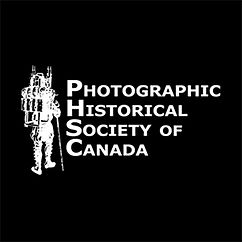Starting out with still life/ small object table-top photography doesn't have to be expensive. Sometimes the simplest designs work out the best. Here is a simple, economical solution to window light tabletop still life photography.

Here's HOW:
Cut open one end of a cardboard box and attach seamless paper to form a cove. Using a cove eliminates the distracting horizontal line formed where the vertical and horizontal surface meet.
Position the box, with side open and seamless paper in place on a chair, table, or stand that is lower than a window.
Select an object that is not too small or too large for the set. Avoid glassware and reflective objects — these require other lighting techniques.
Keep the composition simple — one or two items only.
Turn off the room lights. Window light should be the only source of light. You may find that the form and cast shadows are too dark. Use a white matte board or white foam board as a reflector to fill in the dark shadows and provide a fill light.
Use a tripod and bracket your exposure.

BASIC LINGO
COVE:
A concave surface forming part of a base at its edges so as to eliminate the usual seams or angles.
CAST SHADOW:
A shadow cast on a surface or other object.
Information given by a cast shadow:
If the object is resting on a surface
That the surface is real and actually there
That the object fills a certain amount of space
It tells us up from down (one of the most fundamental factors in space perception)
The location (direction) of the source of light
HIGHLIGHT:
The area on the object that is reflecting white light. Highlights provide strong visual cues for the shape of an object, how shiny or dull the surface is, and its location with respect to the light sources in the scene.
FORM SHADOW:
A form shadow is created on the side of an object not facing the light source. Using a relatively large light source will help in making the highlight to shadow transition very subtle. Form shadows are essential to creating the illusion of volume, mass, and depth.
FILL LIGHT:
A light source or reflector used to lighten the shadows created by the main light, thereby reducing the lighting contrast. The fill light opens up the shadows, making them more visible. When using window light only, a reflector is used to bounce light back to the subject.


































.png)

.png)

.jpg)